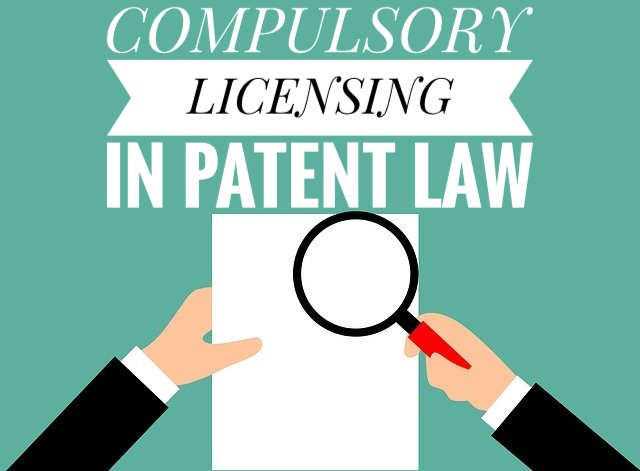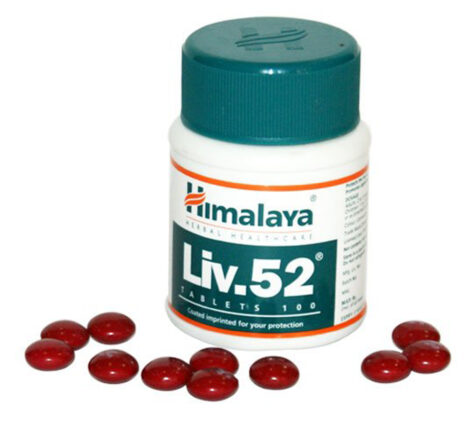Compulsory Licensing in Patent Law
Patenting of innovation gives the patentee exclusive rights to make, use and sell the patent. This right excludes others from having any ownership over the patent and makes it possible for the patentee to monetize the patent at an affordable price, he thinks fit. However, this right could be misused by the patent holders, making it difficult for essential products to reach the mass of people at an affordable price. To avoid this kind of misuse of patent rights, Compulsory License is granted, which gives rights to third parties to make and produce patented products at a reasonable market value.
What is Compulsory Licensing?
Compulsory License is the License or authorization given to a third party to make, use or sell a patented innovation without permission from the patent holder. Compulsory Licensing, as seen, is opposed to the patentee’s exclusive rights and can often be considered as limitations to the exclusive rights.
The provisions for compulsory Licensing are given in both the national and international regimes. At the international level, Compulsory Licensing is provided in the Trade Related Aspects of Intellectual Property Rights (TRIPS) Agreement. And in the National level, The Indian Patent Act, 1970.
Compulsory Licensing in India
Sections 84-92 under Chapter XVI of the Indian Patent Act, 1970 deals with the concept of Compulsory Licensing.
Section 84 of the Patents Act, 1970, states that ‘any party interested’ may apply for the grant of a compulsory license on the following three grounds:
1. That the reasonable requirements of the public with respect to the patented invention have not been satisfied: Section 84(7) of the Indian Patent Act, 1970 to test the reasonable requirements of public if met. These include-
– If because of refusal to grant a license on reasonable terms, the continuance/development of an existing trade/industry or the establishment of a new trade/industry is prejudiced, a compulsory license shall be granted. If the demand for the patented article has not been met to an adequate extent and on reasonable terms, a compulsory license may be granted.
– If by reason of condition imposed by the patentee upon the grant of licenses/purchase/hire/use of the patent, the manufacture, use or sale of materials not protected by the establishment/development of any trade/industry in India, is prejudiced.
– Coercive and grossly unfair licensing terms such as exclusive grant back, prevention of challenges of validity, coercive package licensing.
– If the patented invention is not being worked on a commercial scale to an adequate extent in India.
– If the working of the patented invention on a commercial scale in the territory of India is being prevented or hindered by the importation from abroad of the patented article, a compulsory license may be granted.
2. That the patented invention is not available to the public at a reasonably affordable price: Section 84(1)(b) of the Indian Patent Act, 1970, seeks for the patented product to be priced at a “reasonably affordable” price. This is to be decided on a case-by-case basis.
However, in the case of Bayer v. Natco, the Intellectual Property Appellate Board (IPAB) held that the price is considered “reasonably affordable” not depending on the cost of production but the affordability of the consumers.
3. That the patented invention is not worked in the territory of India: Section 84(1)(c) states that an application for compulsory licensing can be made when the patented invention is not worked in the territory of India. A local working requirement does not mandate the setting up of a company by a foreign country; licensing of the manufacturer to local companies would be useful.
Any one of the grounds mentioned above has to be fulfilled for an applicant to receive a compulsory license.
Section 92 of the Indian Patent Act, provides the Government with a power to issue a notification in the Official Gazette and grant compulsory License in respect to any patent in the following cases:
– National Emergency
– Extreme Emergency
– Public/Non-Commercial Use
Once the notification is issued, any party interested in the License can apply to the Controller and get the License because the product is made available at the lowest price possible. The original patentee gains a reasonable amount of profits from the production as royalties.
Cases Relating to Compulsory Licensing in India
– Natco Pharma Limited v. Bayer Healthcare LLC
Above case is the first-ever compulsory License granted in India. In this case, Bayer Healthcare sold Nexavar, used to treat Kidney and Liver cancer at a rate of Rs. 2,80,000 for a month’s treatment. This drug was also imported within India. On because the drug was sold at exorbitant rates, the patent office licensed the patent to Natco Pharma which assured to manufacture the same drug at Rs. 8,880 per month’s treatment. In return, Bayer Healthcare would receive royalties at 6% of the net selling price of the drug.
– BDR Pharmaceuticals International Pvt Ltd V. Bristol-Mayer Squibb Co
In this case, the Controller rejected an application for compulsory License made by BDR for SPRYCEL, a cancer drug manufactured by Bristol-Mayer Squibb on the ground that BDR failed to make a prima facie case. The court observed that BDR had not made attempts to seek for a commercial license from Bristol-Mayer Squibb before applying for compulsory License and also that BDR had not acquired the ability to work the invention for the advantage of the public.
– Lee Pharma V. AstraZeneca AB
Lee Pharma made an application for compulsory License for a diabetes management drug, Saxagliptin. The application was rejected on the ground that Lee Pharma failed to prove the reasonable requirement of the public and also failed to prove the comparative requirement of this drug over the others in the market.
Conclusion
Compulsory licensing has both advantages as well as disadvantages. As seen above, lack of resources, infrastructure and need for pharmaceutical products by developing and least developed countries form the basis for the need for compulsory licensing of pharmaceutical products. Which, in a way, could be necessary and advantageous.
However, on the other side of the spectrum, the developed countries which invest heavily in research and development and invent a product is put to a disadvantageous position. Through compulsory licensing of products, the inventor does not receive the same royalties he would have, had the patent not been licensed out at a lower price. The ever prominent patent versus public health discussion continues, and as for now, public health wins the debate.
References: Sara M Ford, Compulsory Licensing Provisions Under the TRIPs Agreement: Balancing Pills and Patents. (2000) Urias, E., Ramani, S.V. Access to medicines after TRIPS: Is compulsory licensing an effective mechanism to lower drug prices? A review of the existing evidence. J Int Bus Policy (2020) PHD Rangappa, Dealing with compulsory licensing in India (2019) Vikram Chaudhuri, What is the concept of 'Compulsory License' under the Patents Act, 1970 (2016) Swaraj Paul Barooah, Patents- Compulsory Licensing/ Other Uses without Authorisation




